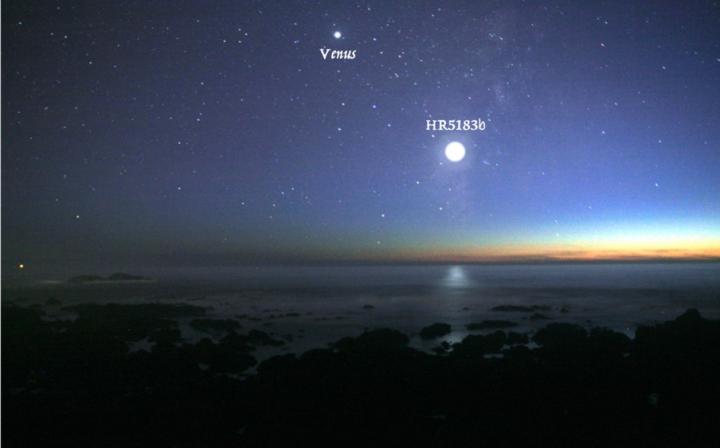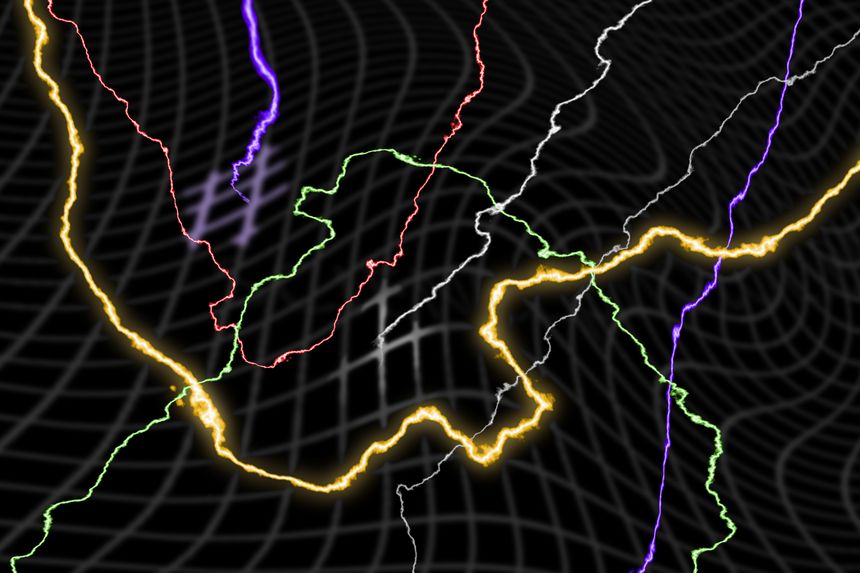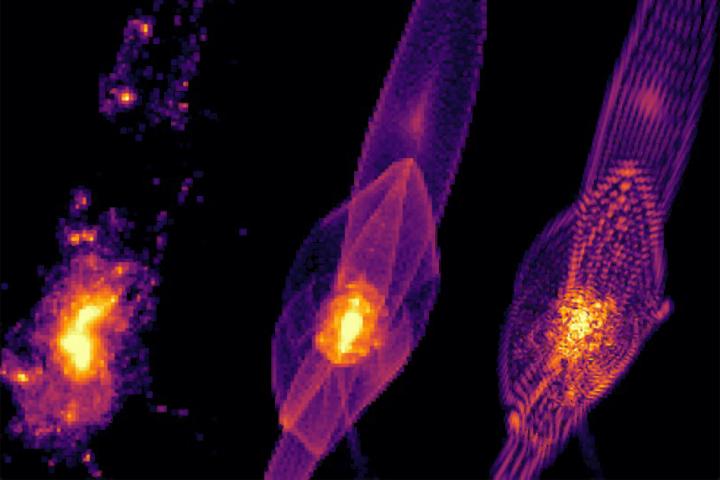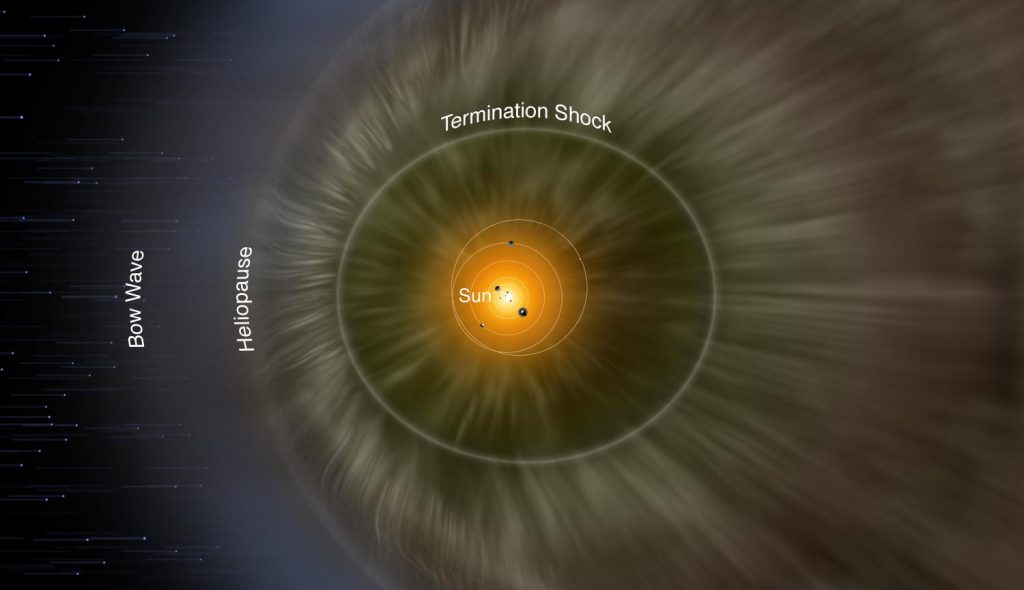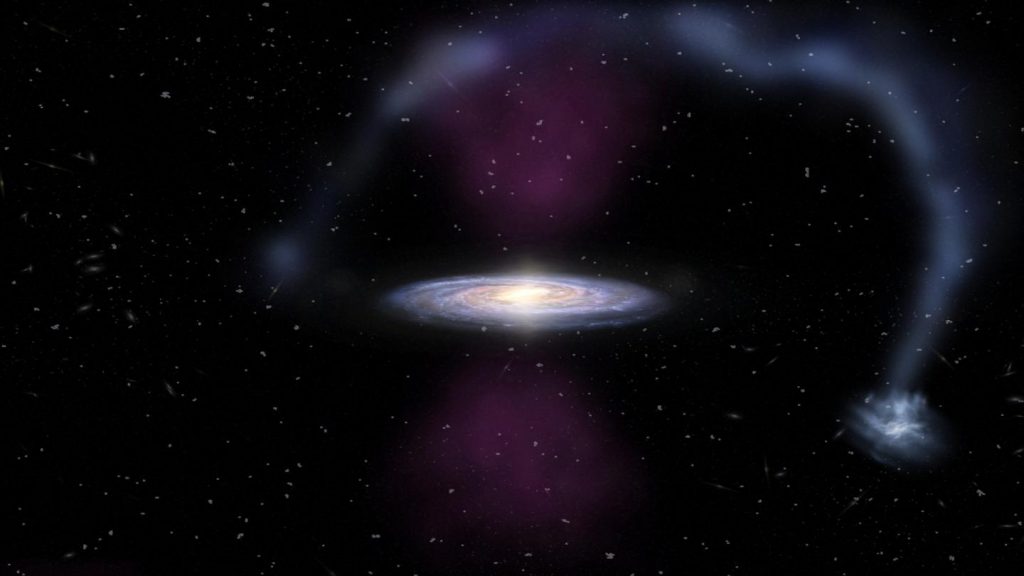Fascinating images from the beginning of the universe
Next to theory and experiments, simulations are one of the most important tools used in research today. Occasionally, scientists develop theories that cannot be tested using today’s practice or technology. Here, a simulation might then be able to point the theoretical physicist where he or she needs to look. Other times, it might happen that there are two different theories that could be suitable for describing reality. If simulations are built based on both theories, their results can sometimes separate the significant from the useless. And sometimes it also happens that there isn’t any theory yet, only data from…


